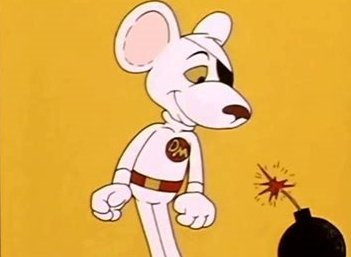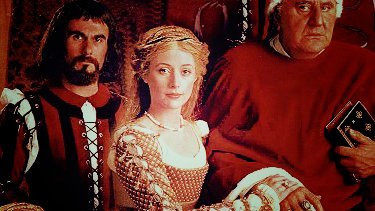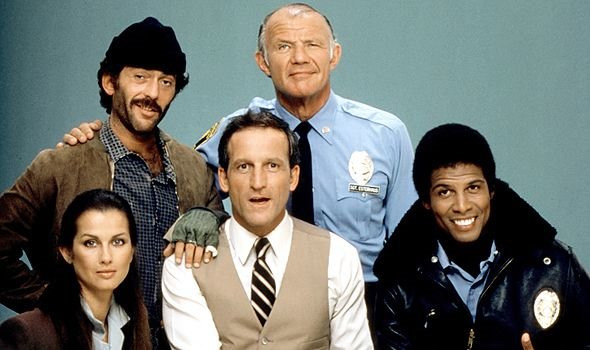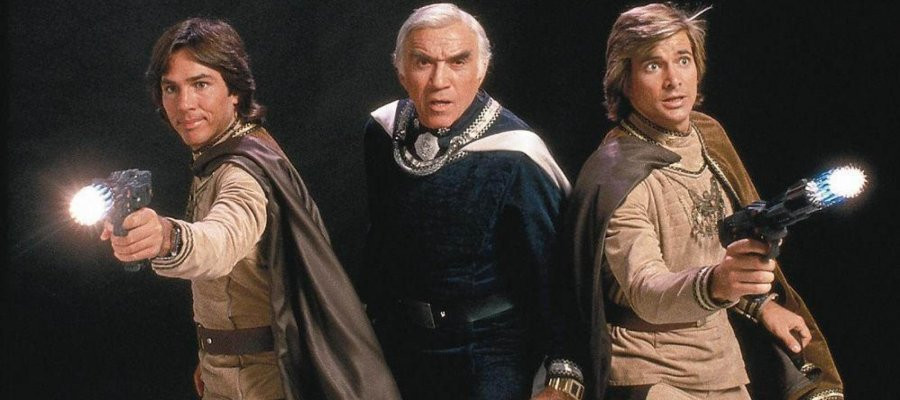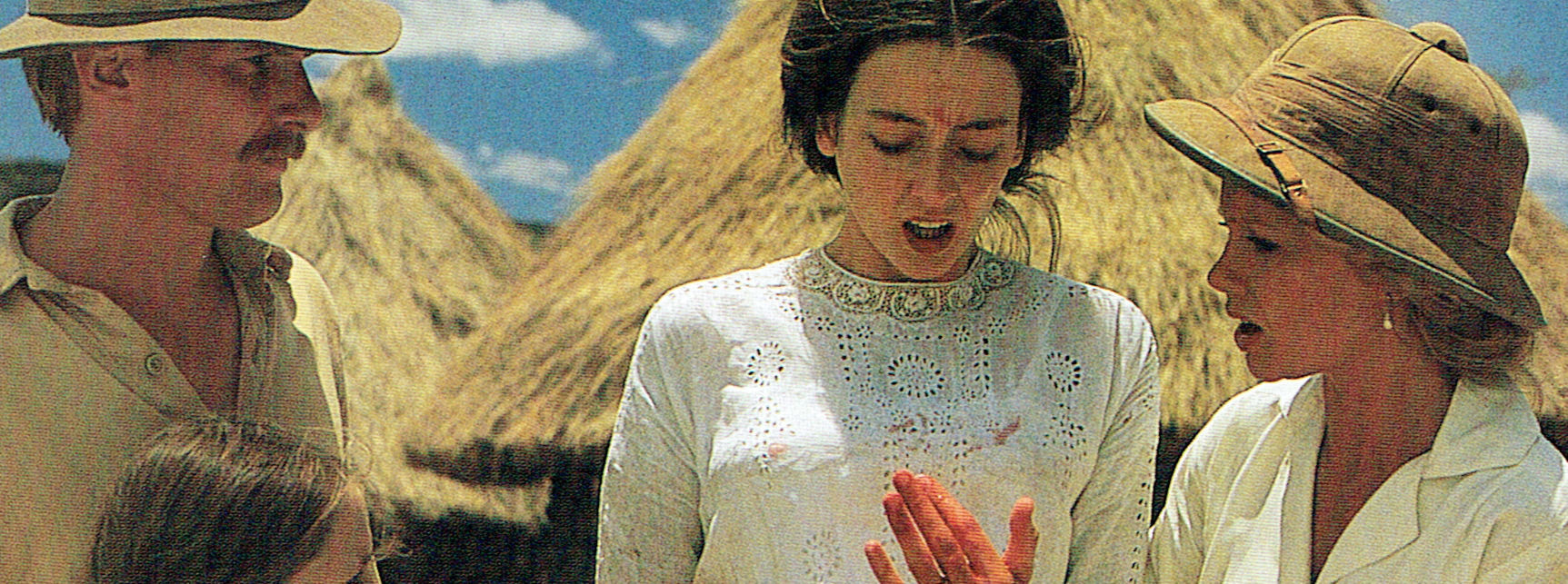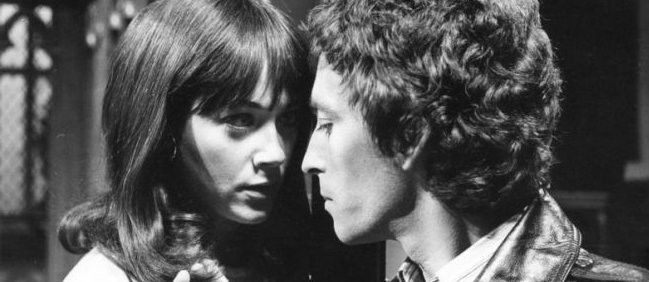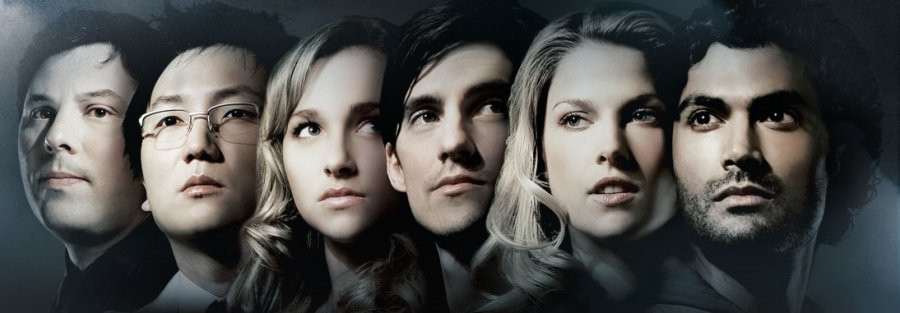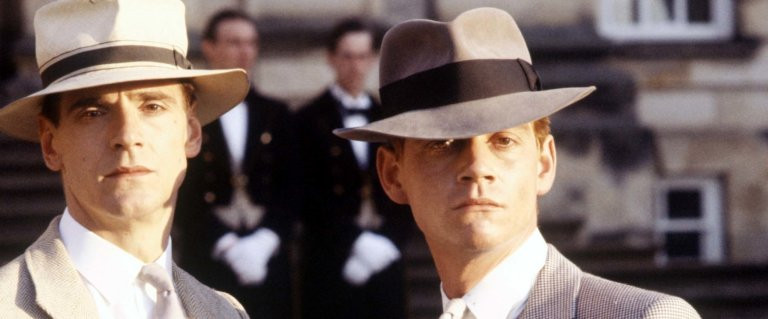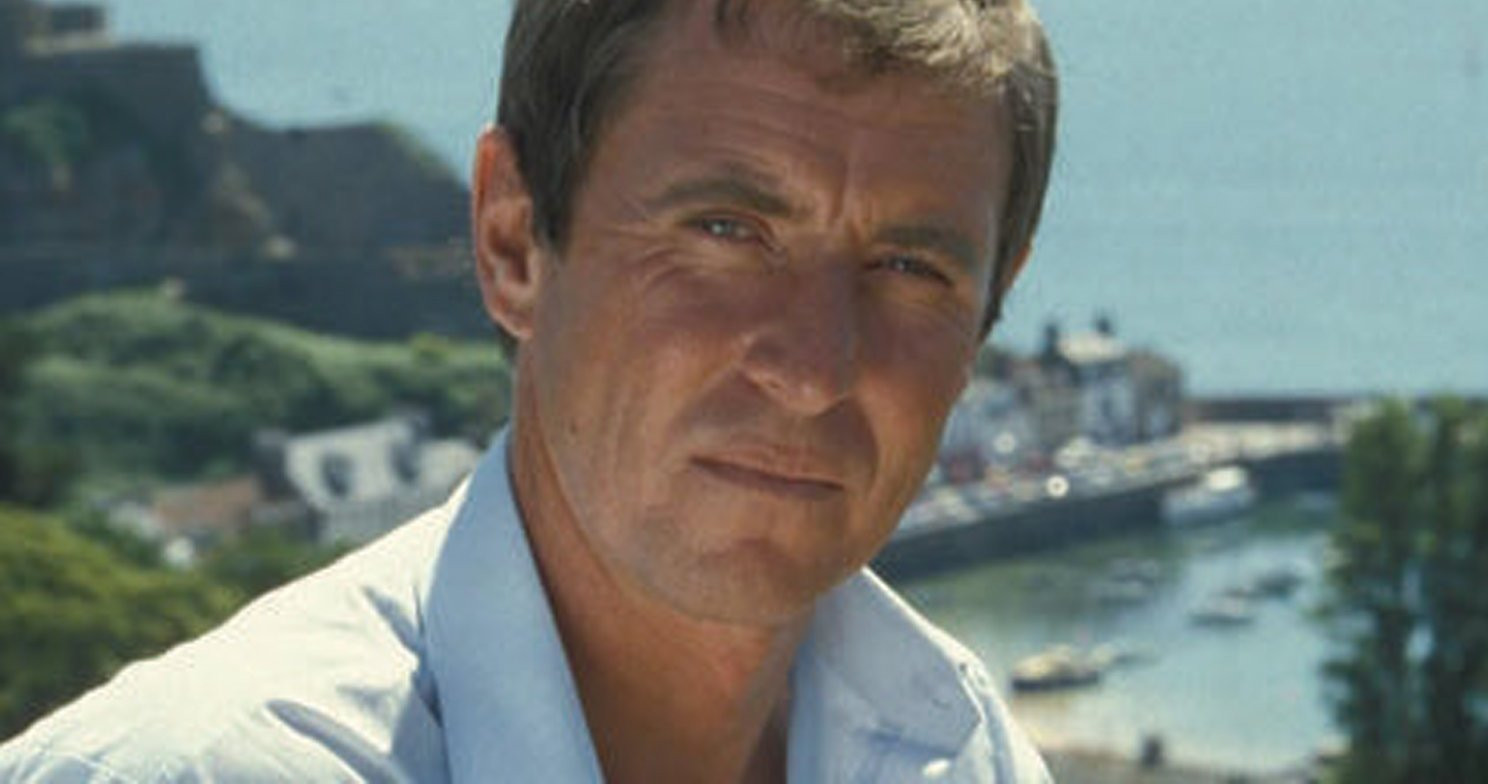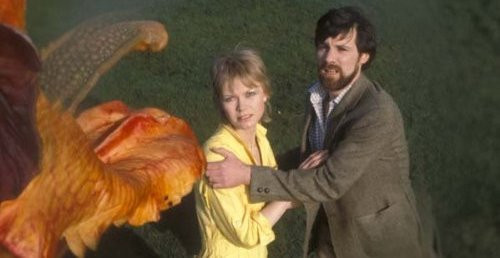
The Day of the Triffids
1981 - United KingdomThe darkly lyrical vision of one of Britain’s foremost writers of literary science-fiction wedded to a reverent and creatively enthused team of top television professionals, sowed the seeds for the eventual flowering of one of British television’s most successful and satisfying adaptations of classic genre material with the BBC’s 1981, six part realisation of author John Wyndham’s nightmarish classic of humanity on the brink of destruction, 'The Day of the Triffids.'
The genesis of the idea, which would eventually result in both the novel and its later TV adaptation began prosaically enough with an evening walk down a bucolic, overgrown Hampshire country lane taken by the impressively named John Wyndham Parkes Lucas Beynon Harris, in 1950. During the course of the walk Wyndham noted the stiff, awkward, decidedly inhuman, almost alive movement of the thorned branches of a blackberry hedge in the wind and later remarked to his wife Joan: "By Jove, if those things could walk and think, they’d be dangerous." Less than a year later the prestigious Colliers magazine in New York, published the first instalment of "Revolt of the Triffids", and a minor classic was born.
Between its original publication and its eventual television debut, Wyndham’s story had been adapted for radio and read on "Woman’s Hour", as well as receiving a disappointing motion picture treatment starring Hollywood musical mainstay turned serious actor, Howard Keel and our own Jeannette Scott. But it was in 1979 that experienced producer David Maloney first set in motion the chain of events that would eventually see the low key menace of the Triffids finally make their much anticipated small screen appearance two years later. Even though both Maloney and his superiors in charge of commissioning the BBC’s drama output had been impressed by the scripts for Douglas Livingstone’s adaptation at the time, the lack of financial resources required to bring those ideas-and the number of diverse locations required to believable life-were deemed impossible to allocate. Thus the idea was reluctantly shelved until 1981, when an ambitious co-finance deal between the BBC, the Australian Broadcasting Corporation and American cable network RCTV Inc, allowed Maloney and Livingstone’s project to be green-lighted.
Despite the additional problem of having to rework his original six 26 minutes scripts for the BBC in order accommodate the need for the story to broadcast overseas in three 50 minutes instalments; Livingstone was able to remain remarkably faithful to Wyndham’s downbeat vision. In fact his only major alterations to the storyline of the original was to make the decision to update the novel’s 1950’s setting and instead set it in a recognisably contemporary "next year", and slightly rework the central female character of Josella Payton from a wealthy author of a dubious novel entitled "Sex Is My Adventure", to a still wealthy, but much more modern career woman. (A decision that might not have met with Wyndham’s approval but was wise in light of the fact that the serial was intended for a family audience).
Opting for a sombre, low-key approach to the shooting of the serial that complimented Livingstone’s scripts and effectively evoked Wyndham’s decidedly humanistic approach to the story. Director Ken Hannam effectively chronicled the tale of humankind on the edge of extinction with a keen eye for mood coupled with a serious, near documentary, sense of the reality which Wyndham had originally succeeded in threading through his otherwise fantastical central premise.
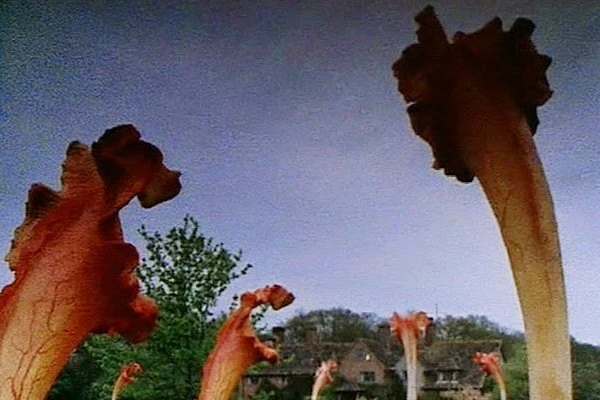
In fact, the relatively simple central narrative of former Triffid farmer Bill Masen, (ironically recovering from temporary blindness due to the effects of a Triffid sting, only to find most of the world’s population rendered sightless due to a "cosmic event"), and his bid to both survive in a world of panic, disarray, and the ever encroaching menace of the killer plants themselves, while attempting to locate others capable of opposing them, is conveyed with considerable flair and an all-pervading sense of constant menace.
As Madsen, the talented John Duttine, effortlessly invests the character with a solid, ordinary, everyday-yet understatedly heroic-everyman aspect. While Emma Relph, (daughter of legendary film producer Michael Relph), succeeds admirably in making the character of Josella Payton, rescued and befriended by Madsen during the early events of the story, a feisty and appealing yet believably vulnerable heroine. And the consummately solid support of seasoned character actors such as Stephen Yardley as John, David Swift as Dr Soames, and especially the charismatic Maurice Colbourne as the dangerous and violent Bill Coker, ensure the production a rewarding and much welcomed air of consistent credibility which helps draw and retain the all-important attention of the viewing audience.
As for the titular stars themselves, the imposingly realised and ingeniously articulated killer plants succeed in remaining a compelling-and more importantly, believable and mysterious-threat throughout the course of the serial. Their motives un-revealed, their exact origins undisclosed, the Triffids are presented as being more akin to a terrifying force of nature which has seized upon mankind’s misfortune and reversed the normal status-quo with horrific implications for the disabled and almost entirely helpless former rulers of the planet.
Low-key, yet ambitiously wide in scope, personal, yet with wide-ranging implications, 'The Day of the Triffids' is an almost textbook example of how to successfully and respectfully take a source material and transfer it into a genre classic for the television screen. The result is a perfect example of how a well-thought out and superbly realised production can influence and pave the way for a successful wave of sci-fi inspired series' just like those that graced the small screen during the 1980’s.
TRIVIA:
The Triffid's appearance remained a closely guarded secret until the transmission of the first episode, although a glimpse was given on the cover of the Radio Times dated 5-11th September 1981 showing the edge of its head as it menaces Bill and Jo.
Whyndham would almost certainly have approved of special effects man Steve Drewett’s design for the Triffid’s, which was based on research into real life parasitic plants. Drewett’s training at the Natural History Museum showed in the form of the looming, lumbering eight-foot monsters, clattering their armoured mandibles and slashing out with their flailing stings.
The long tubular sting was, in fact, Drewett's idea. It explained how the Triffids disabled and fed off their prey, something that the novel was vague about. Having read the book he decided to make the plant look initially attractive so that its victims would be drawn nearer to look at it.
A Triffid was operated by a man crouched inside. The knotty bowl, based on the ginseng root, was made of latex with a covering of sawdust and cord while the neck was fibreglass and continued down to the floor, where it joined with the operator's seat. A flexible rubber head, coated with clear gunge, surmounted the plant.
Published on December 7th, 2018. Written by Laurence Marcus & SRH (11 May, 2005) for Television Heaven.


